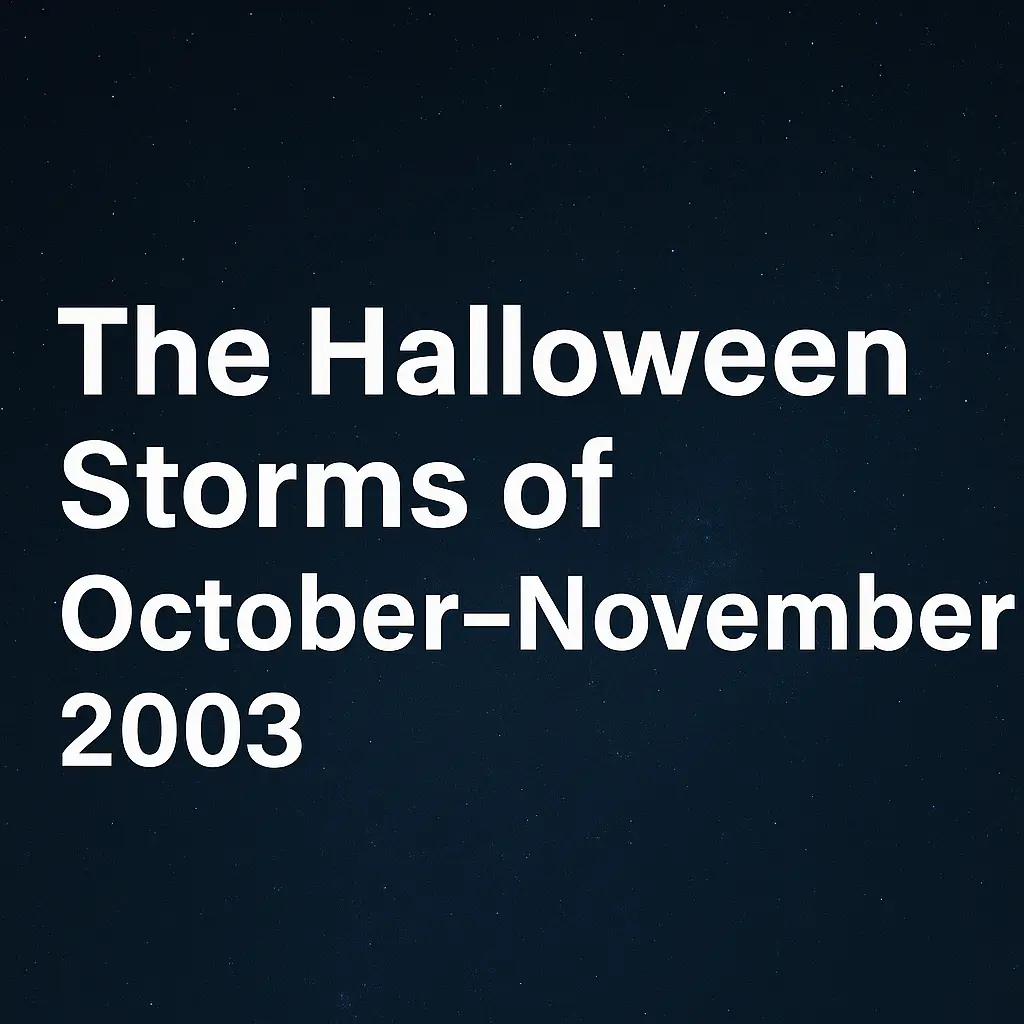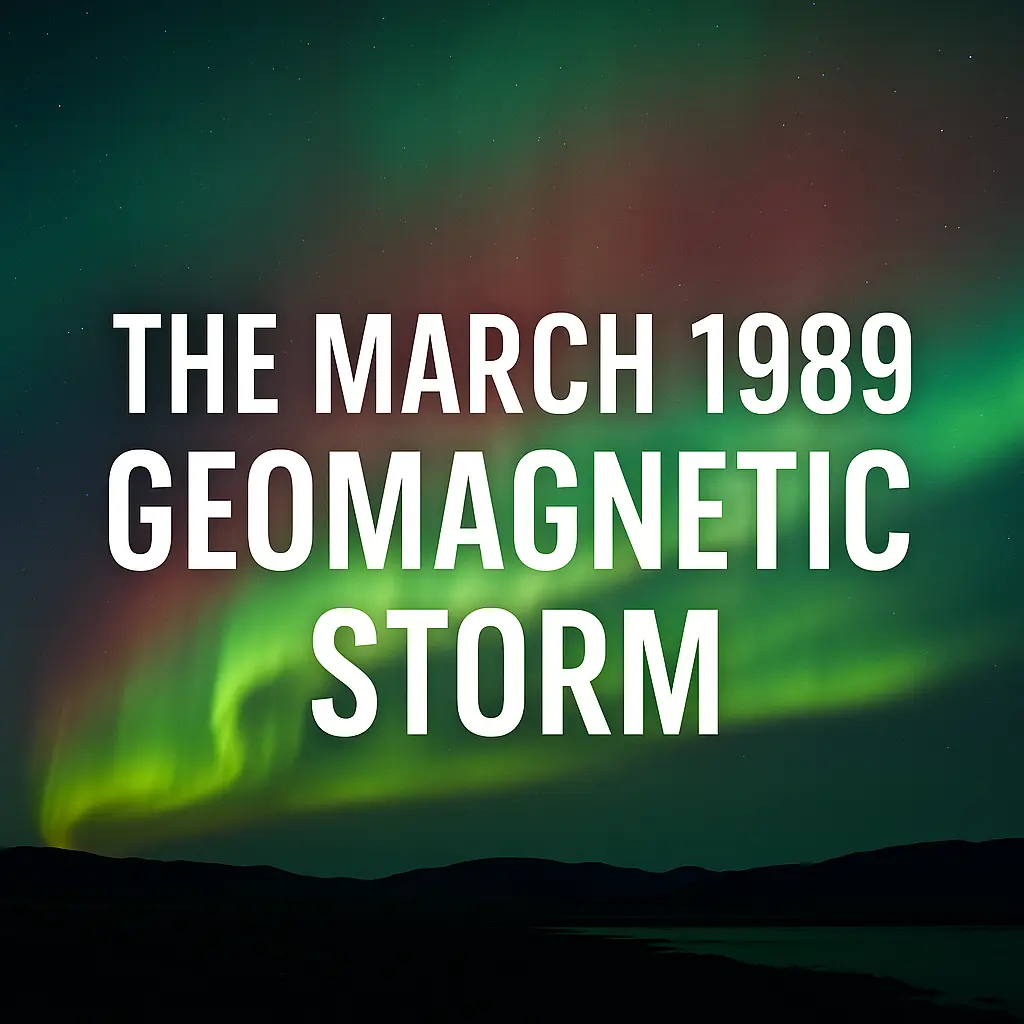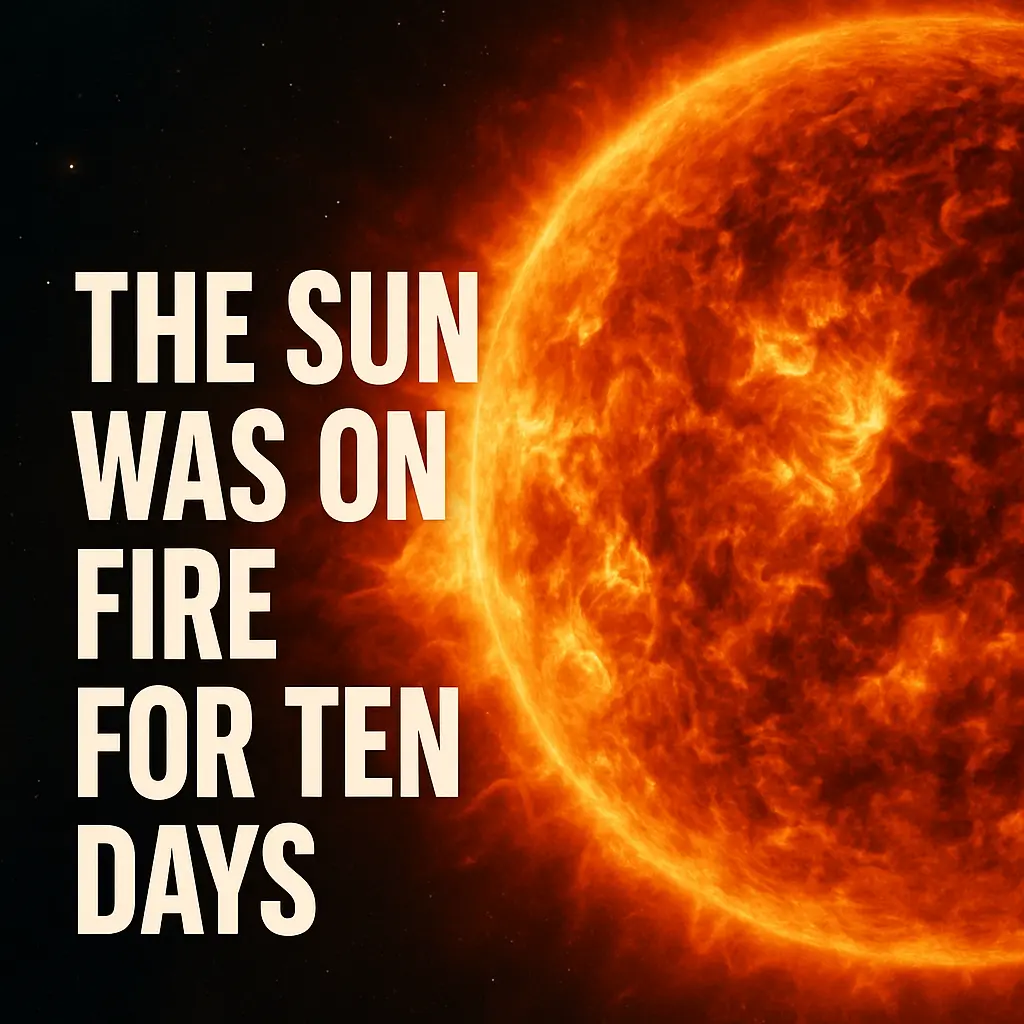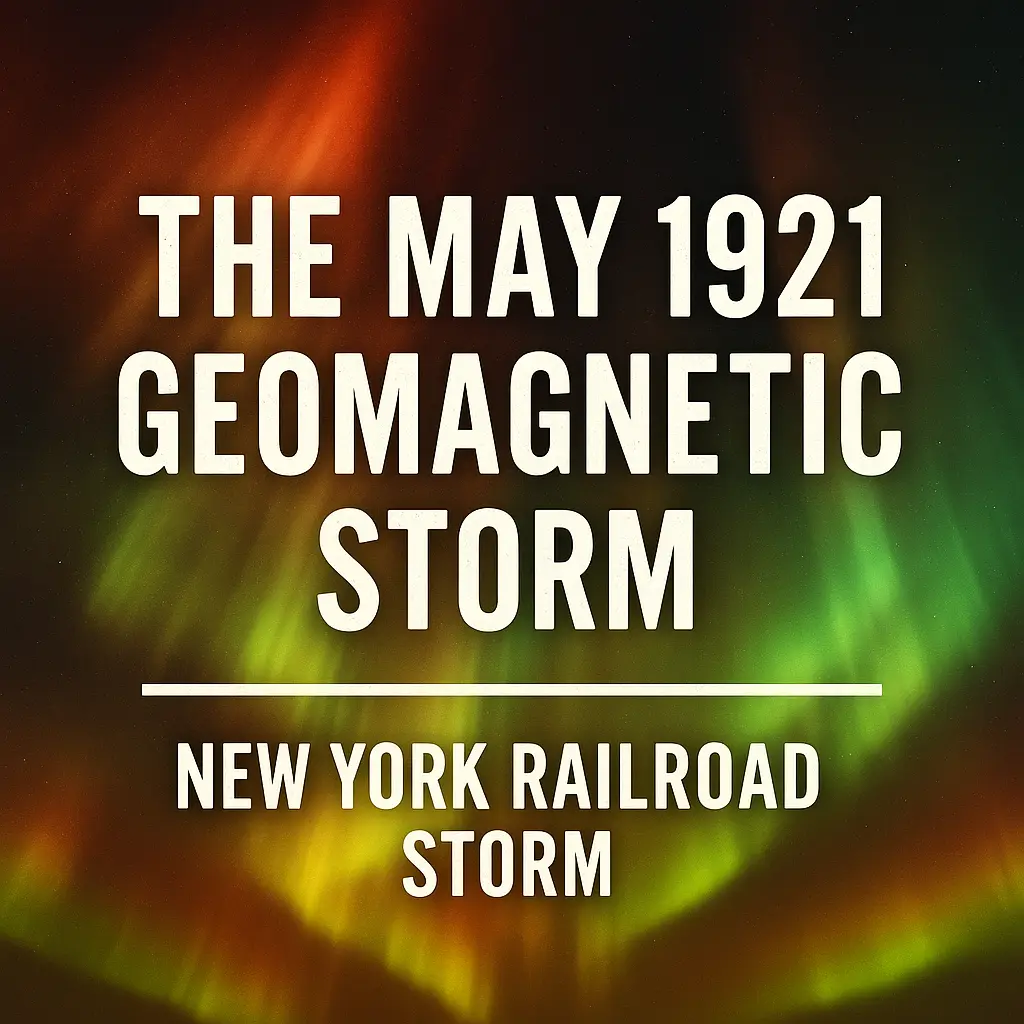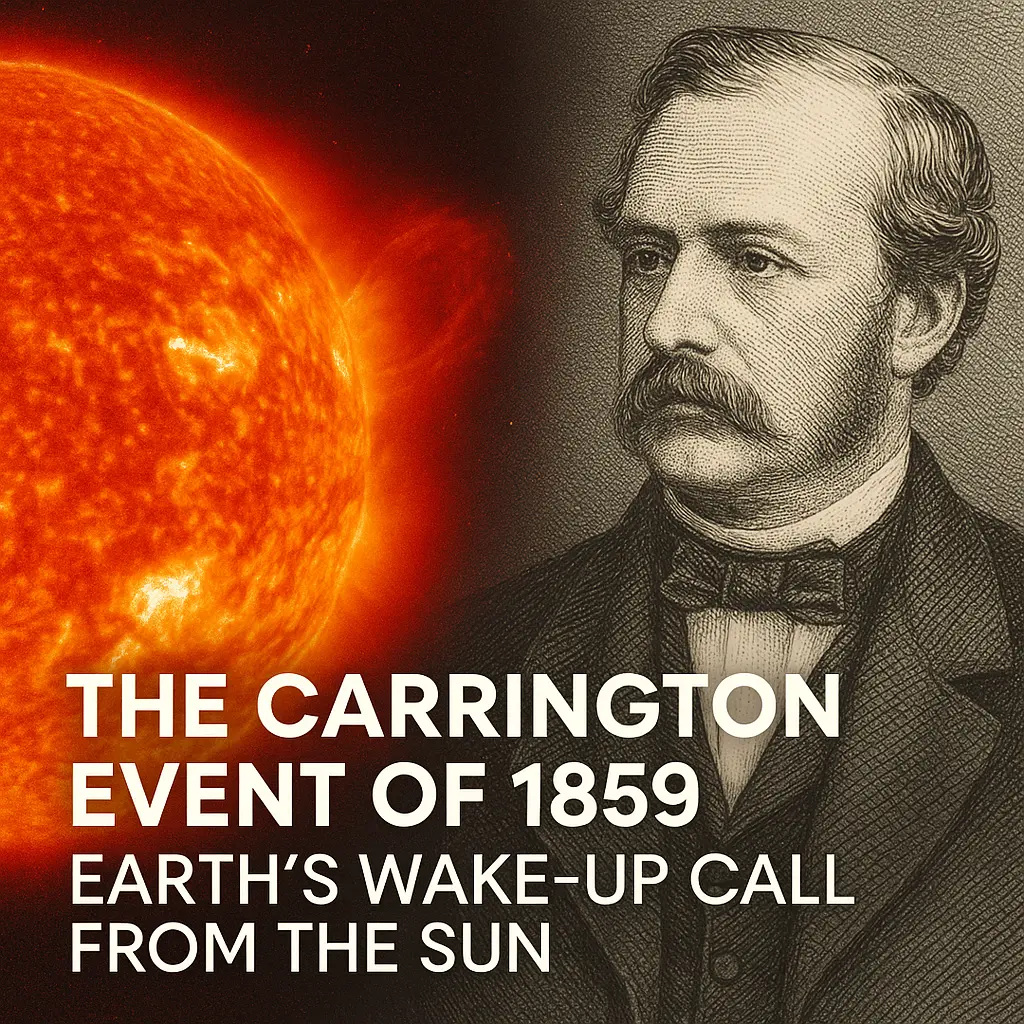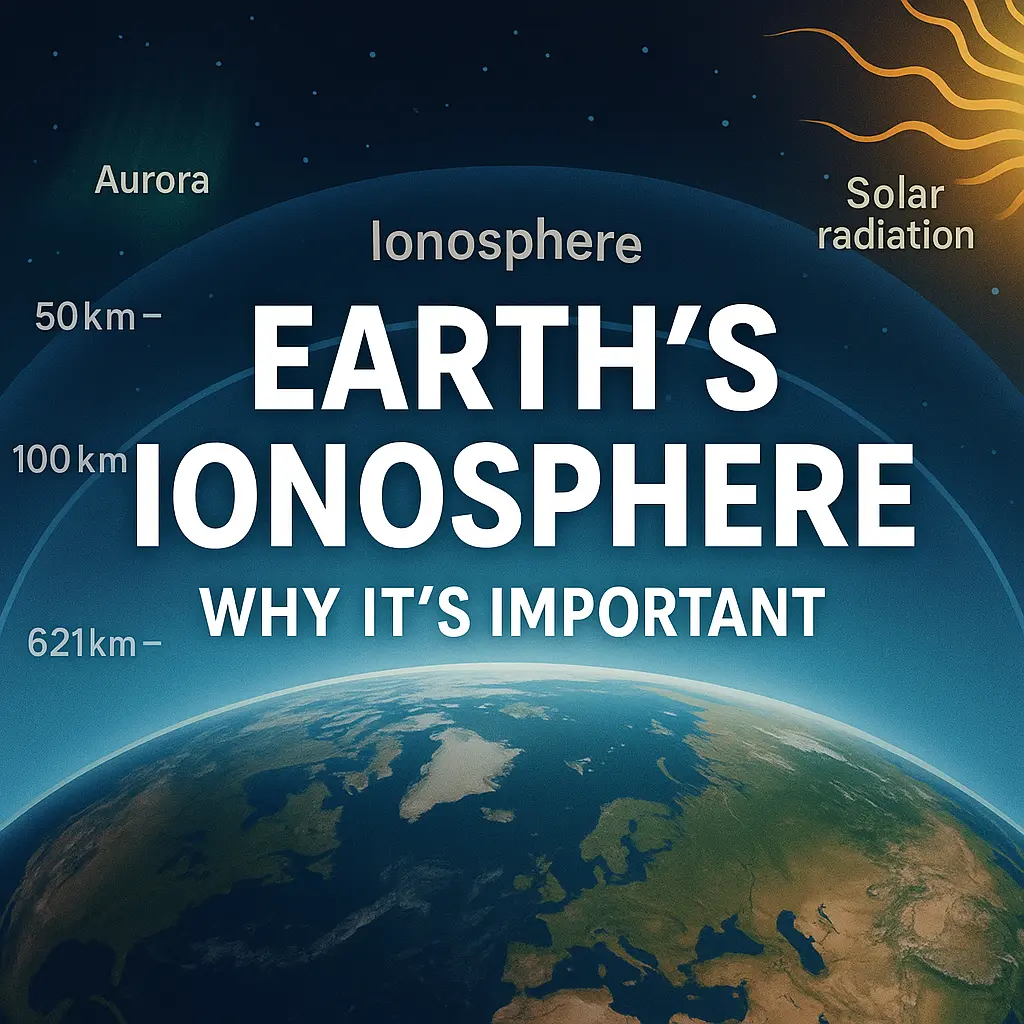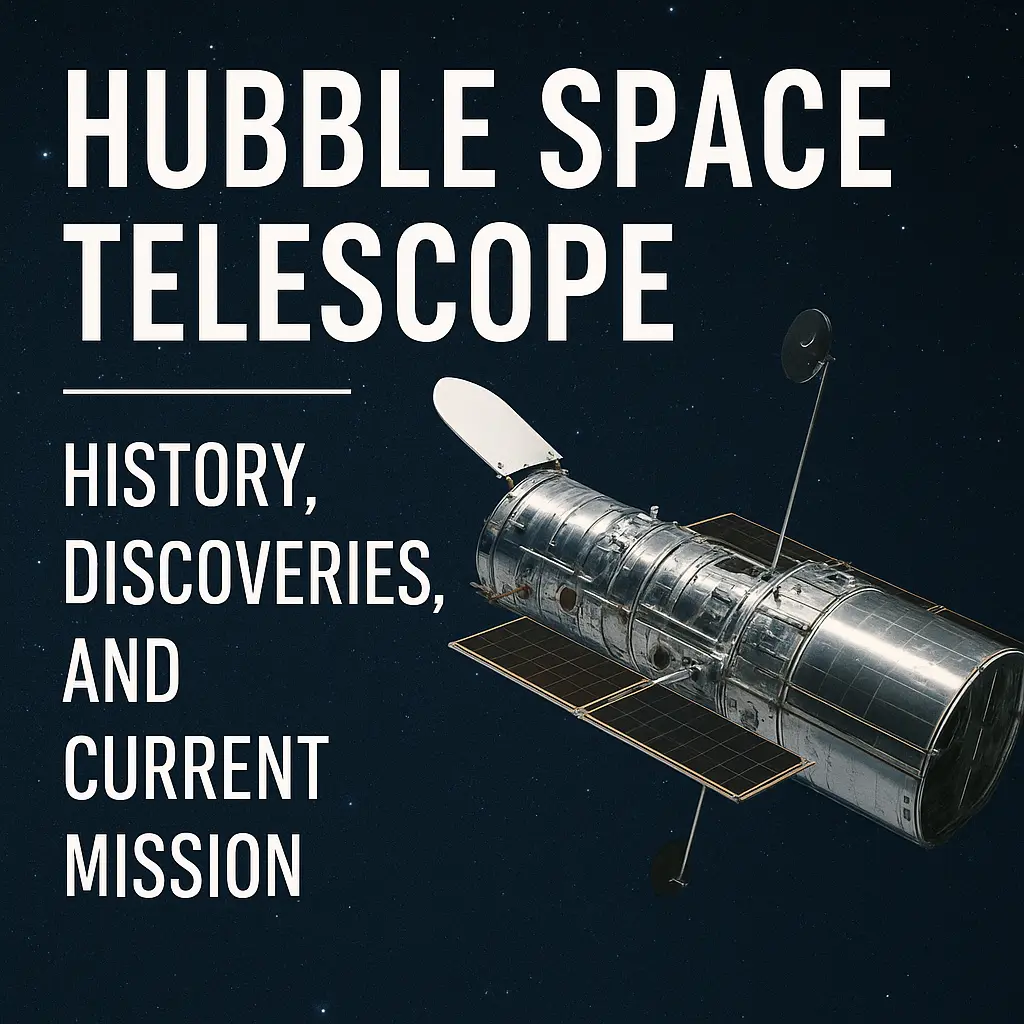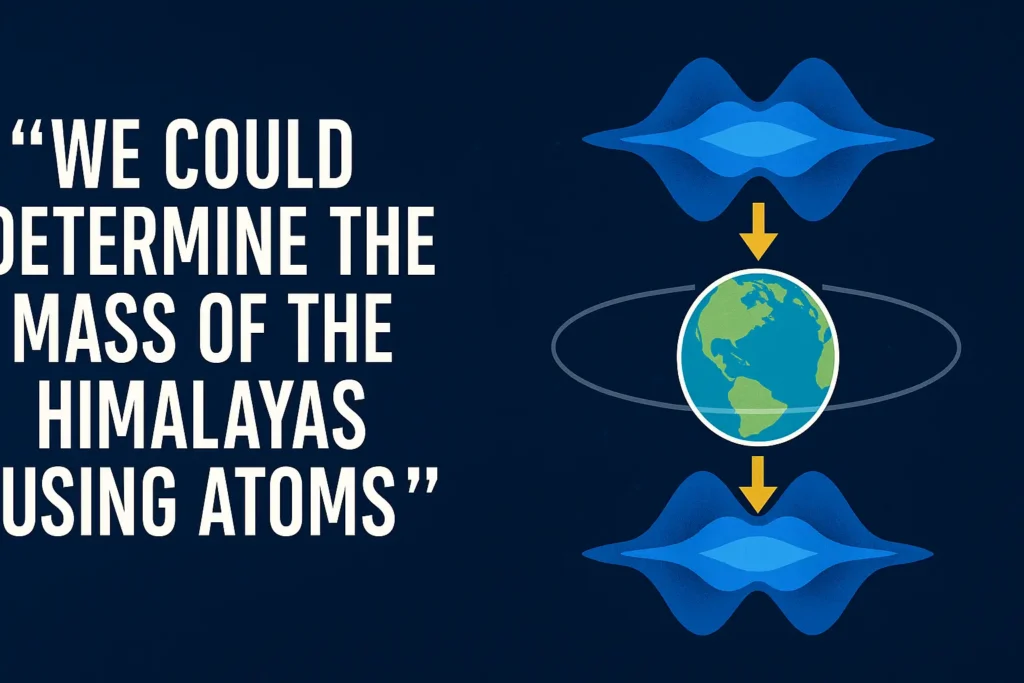The Halloween Storms of 2003: A Landmark Event in Space Weather History
The Halloween Storms of October–November 2003 represent one of the most significant space weather events of the 21st century. Marked by a series of intense solar flares, coronal mass ejections (CMEs), and widespread geomagnetic disturbances, these storms severely impacted satellite operations, communication systems, power infrastructure, and aviation. This article provides a comprehensive overview of the […]
The Halloween Storms of 2003: A Landmark Event in Space Weather History Read More »

